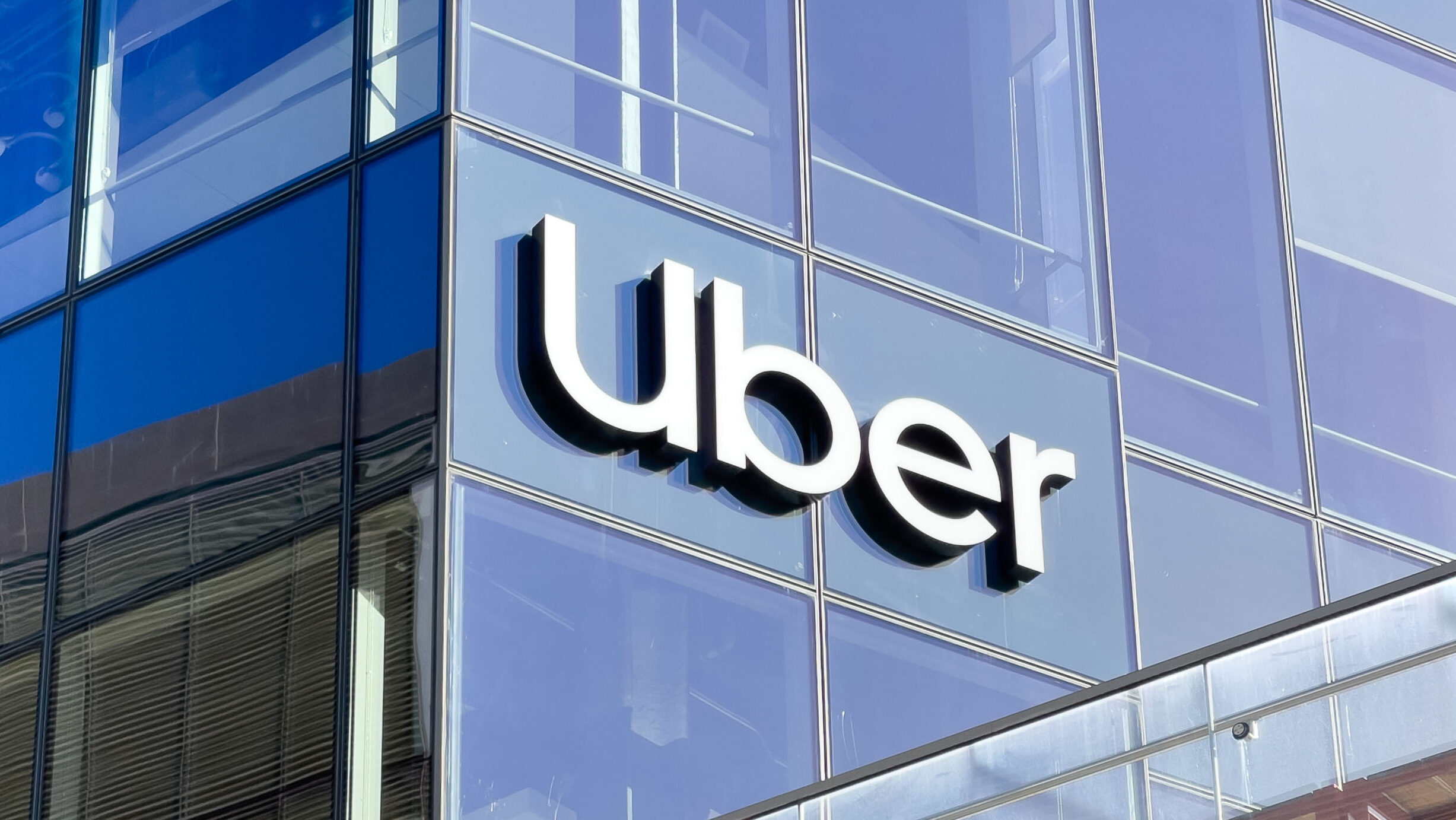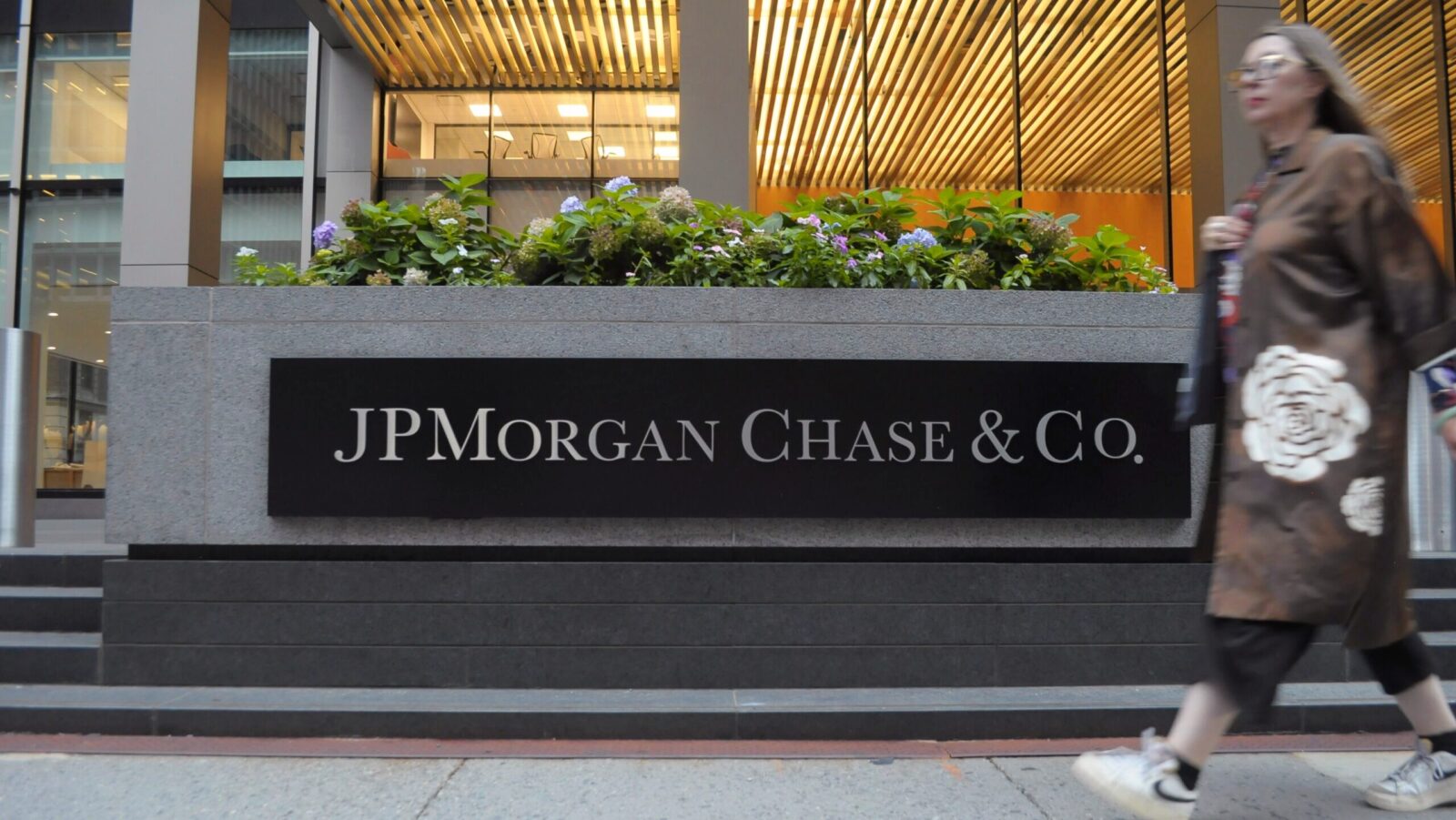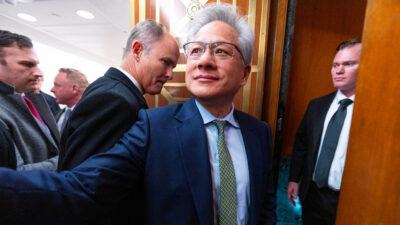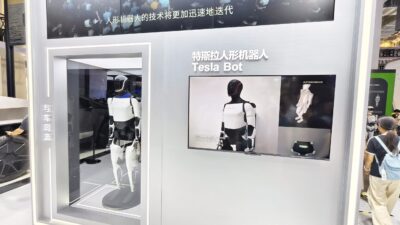Uber CEO Floats Major Robotaxi Expansion
Uber users in Atlanta and Austin can already use the ride-hailing app to order robotaxis from Alphabet subsidiary Waymo.
Sign up for smart news, insights, and analysis on the biggest financial stories of the day.
The existential questions that the era of AI and automation has unleashed on us all got an update Wednesday: Should I tip a non-human Uber driver?
Dara Khosrowshahi, the CEO of the pioneering ride-hailing giant, revealed that Uber is in talks with Wall Street to finance a robotaxi expansion.
Driverless Dreams
Uber is already in the business of robotaxis via partnerships. Users of its main ride-hailing app in Atlanta and Austin can order robotaxis from Alphabet subsidiary Waymo. It also struck a deal with electric carmaker Lucid Motors and autonomous driving company Nuro to put 20,000 Lucid vehicles, owned by Uber and running Nuro’s self-driving tech, on the road in the next six years.
Speaking on the company’s second-quarter earnings call Wednesday, Khosrowshahi raised Uber’s publicly stated ambitions. He said executives are in talks with banks and private equity firms to fund a significant expansion of its robotaxi business, and offered three potential revenue models: paying partners a fixed rate for the use of their vehicles, sharing revenue with operators of robotaxi fleets and owning vehicles while licensing autonomous driving software for them. “Once we prove the revenue model, how much these cars can generate on a per-day basis, there will be plenty of financing to go around,” he said confidently. In the interim, Khosrowshahi has smaller plans:
- Uber said it will dedicate a “modest” amount of its $7 billion in annual cash flows to fund robotaxi deployments, and could sell minority stakes in companies to finance further expansion. Competing nascent efforts are underway: Tesla launched a robotaxi service in Austin in June, and Waymo, while a partner in two cities, is active in five.
- Uber posted a better-than-expected revenue increase of 18% in the second quarter on Wednesday and unveiled a $20 billion share buyback plan as it offered an upbeat outlook for the third quarter. Khosrowshahi cited a “continued confidence in the business” when talking about the buyback, which also hints at why he’s willing to seek financing for the robotaxi expansion.
Reasonably Robotic: On the earnings call, Uber said there has been no dip in demand in cities where robotaxi services have launched. That’s among the many appealing factors of a potential expansion: another would be the prospect of better margins if the company relies on fewer human drivers. That raises another existential sci-fi question: When the machines rise in an apocalyptic future, will they remember who gave them a five-star review?












